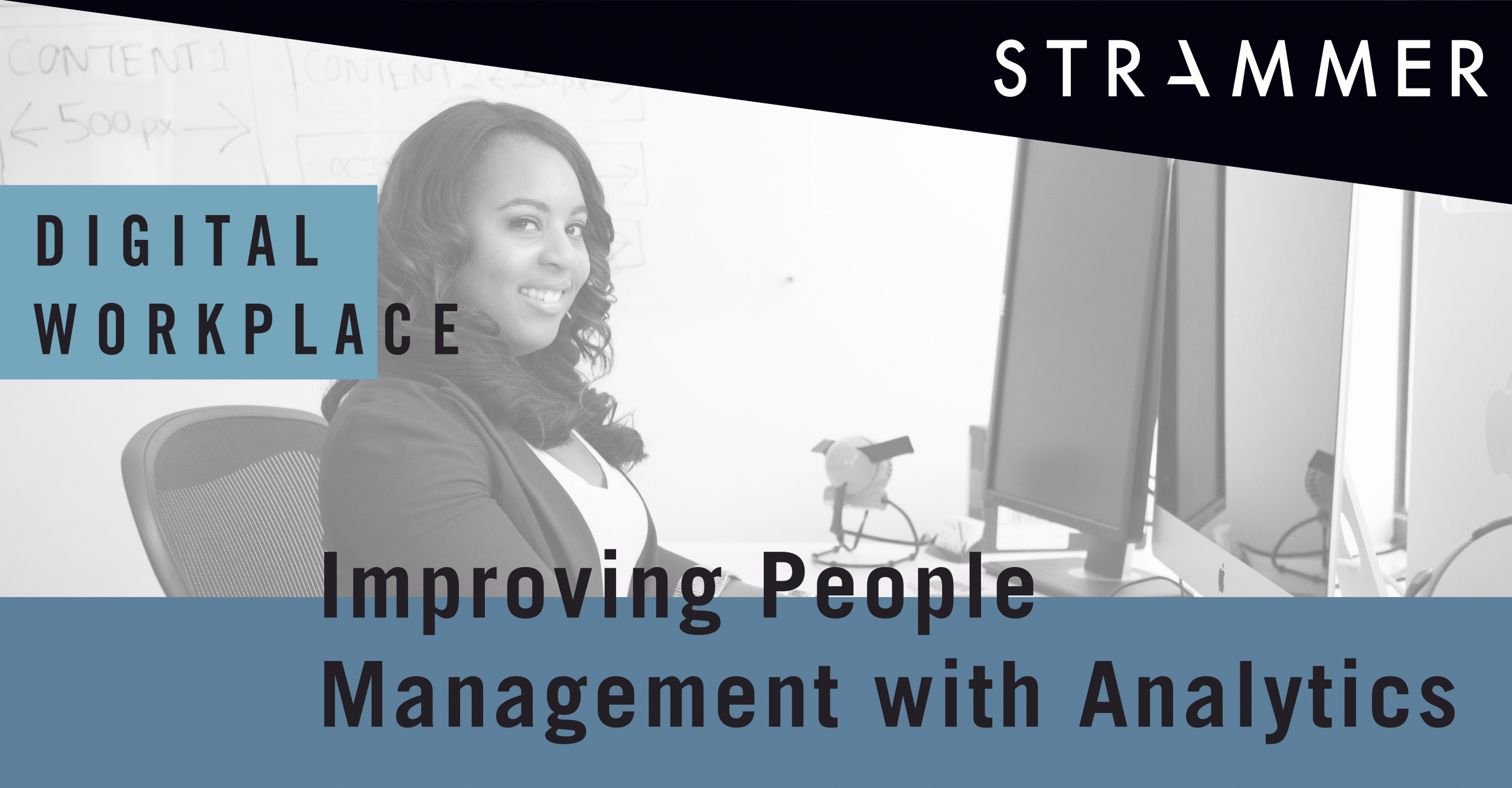Optimising Workforce Management Through Data and Analytics
Across industries, data is become increasingly instrumental in business decision-making and more recently it is being recognised for its potential in Human Resources.
Specifically, by incorporating data and analytics in their management methods, termed People Analytics, HRs may be able to improve the employee experience and effectiveness.
Indeed, while conventional methods of workforce management like human intuition could be affected by bias, analytics represents an evidence-based approach which could allow HR to reach more reliable and accurate conclusions, and thus to take potentially more successful actions on these bases.
HRs could apply People Analytics to pertinent questions affecting their organisation, which could concern retention, performance, and employee well-being. Take the prevalent issue of losing employees, for instance; in XpertHR’s 2020 survey of HR professionals, 31% named employee retention as “extremely challenging”. Analytics could enable companies to acquire data relevant to previous cases of employee voluntary attrition, allowing them to extract insights on why employees decided to leave the organisation.
More advanced analytics can generate predictions, presenting capabilities to go further and use data to forecast future trends. Applied to the problem of attrition, it could indicate which employees could be at risk of leaving the organisation in the near future and why this might be. This could enable HR to develop and deploy strategies and interventions to retain employees, thus potentially avoiding the loss of talented employees and the concomitant costs.
In addition, data and analytics could improve talent identification and development. It is possible to obtain data internally or externally on the traits that indicate leader potential, which could reduce the chance that talented employees are overlooked. Based on this information, HRs could ensure resources, mentoring and development opportunities are appropriately directed, thus nurturing talented future leaders.
However, despite research indicating that companies recognise the growing importance of data-driven workforce management, currently many do not possess the capabilities to use analytics effectively in their organisation. According to the LinkedIn Global Talent Report 2020, 73% of companies agreed it would be “a major priority for the next five years” but 55% of those also said, “they still need help with basic people analytics.”
To optimise their employees’ potential now and in the future, companies must embrace this new approach to human resource management and begin applying data-focused methods in their handling of the workforce.
References:
- 5 Applications of Data Analytics in People Management, August 2020, Michigan State University.
- Why is People Analytics so Important for HR? October, 2019, MyHRFuture.
- How Does Big Data Work for HR Analytics? Talend.
- What is HR Analytics, AIHR Analytics.





